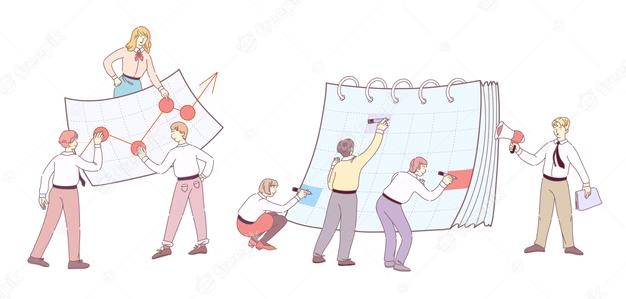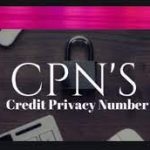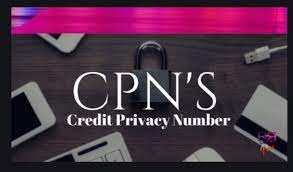Everything is a subscription these days. It’s super convenient if you regularly benefit from the subscriptions you’re enrolled in. Often, they save you money and provide a valuable service. But if you’re anything like me- subscriptions can be a huge money pit.

Did you get into a planning groove?
I got loads of emails and social media pings in response to my last post on how spending 15 minutes a week saves me thousands of dollars every year. Because so many found the post applicable and seem to be implementing it, I decided to share a suggestion for how to go a layer deeper with the calendar planning.
Warning: The initial set up that needs to be done so that you can incorporate this into your weekly 15 minute planning session may take an hour or so. If you haven’t implemented the system for calendar planning to save money shared in my last post yet, you might want to take the 15 minutes this week to see how it works for you and then come back and incorporate these additional suggestions after.
The additional step I take to save even more money (and headache) during my weekly calendar check is:
Subscription Scheduling.
There is nothing that annoys me more than realizing I’ve been paying for a subscription I’ve forgotten to cancel or haven’t used but have been paying for.
I break down my subscriptions mentally into two categories: products and services.
For me, products are something that have value at some time even if I flake and don’t use them this month. I define services as “use it or lose it” subscriptions.
Some examples of my monthly product subscriptions are:
- Massage Subscription from Massage Envy
- Dollar Shave Club
- My monthly Rodan and Fields order
- Audible Credits
- Petco Autoship for Dog Food
- BarkBox
- ButcherBox
- Walden Meats
Some examples of my monthly service subscriptions are:
- Crossfit
- Spotify
- Netflix
- Xero
- Constant Contact
- XM Radio
- Blog Tutor
You might think (like I initially did) that paying attention to service subscription usage is more important than the product usage because with products you’ve paid for something you can still use, but with services you’re paying for nothing. I disagree. I think they’re both equally important to pay attention to and here’s my logic:
With product subscriptions, it’s easy to let them run way longer than you should because you think you’ll still use the valuable product at some point. But in my experience, when you finally catch up and use these, in most cases you end up using them on things you never would’ve spent your money on in the first place.
Here are my real life examples:
- Sign up for Audible. Download a book I’ve been dying to listen to. 5 months go by. I get an email saying I’m maxed out on credits and if I don’t spend them then I won’t get more added to my account next month. Translation: I just spent $89.94 on credits, listened to one audiobook, and have to find a bunch of audiobooks I want to listen to otherwise I’ll keep getting charged $14.99 per month with no additional credits. If I don’t download a bunch of books, I’ll be paying for something I can’t get any value out of. So I poll my Facebook friends, download a bunch of books…and 5 months later have only listened to one of the ones I’ve downloaded.
- Sign up for a Massage Envy subscription to get a monthly sports massage. I get monthly massages as planned for about 9 months. Crazy month and vacation comes up so I have to miss a month. Then Thanksgiving and Christmas roll around- I haven’t even thought about massages. I notice the Massage Envy charge hitting my account, but it’s only about $60 and I figure I’ll start working out again soon and need my massages. Besides, they roll over. Before I know it I have 7(!!!) massages on my account that I’ve prepaid translating to over $400. And I keep paying for additional massages each month. I can freeze my plan for a few months, but I can’t cancel or I lose all my massages. There is no way I can fit a weekly massage into my calendar (and I wouldn’t want to- my massages are pretty deep) so now I’m just a slave to Massage Envy.
I could go on. I’ve spent the last 2 years trying to finish actual products that I’ve gotten in subscription boxes or generally accumulated over the years and trying to catch up to usage on credits. I can’t even tell you how many times I’ve meant to cancel and didn’t (or did too late) because I forgot the deadline. It’s all just money sitting there that I didn’t need to spend- not working for me in any way shape or form.
The solution: scheduling reminders into my calendar for both product and service subscriptions.
Reminders fall into three categories: cancel, schedule usage, schedule freeze
Every time I subscribe to a new product or service now, I move forward 1 month in my calendar, and then back up 3 days (or to the next business day before) and put the name of the subscription in it. Then I do the same thing 1 month out, and another 2 months out. That way, if I sign up for something and don’t end up using it like I think I will, I have the opportunity to schedule the item into my calendar to use OR cancel it before the next renewal charge hits.
So easy.
The main ones that get regularly scheduled as part of my weekly planning are Crossfit (which is my gym membership) and massages (sigh.) Drybar used to be my other one. Gym visits are especially useful to schedule- it makes sure you actually go and get your money’s worth. I get the best value if I go to Crossfit 13 times per month. If I go less than that, my cost per visit goes up. If I only go twice in a month, I’m paying $70 for two workouts! When I know those numbers and look at it that way, I either schedule workout blocks in my calendar, freeze my membership for the month, or cancel outright. There is no overpaying unintentionally.
Knowing what my subscriptions are, how I get charged, and what the other terms are absolutely saves me money.
Do you have another method for saving through planning? If so, I’d love to hear about it!
Source: Nicole Peterkin [https://blog.peterkinfinancial.com/]








